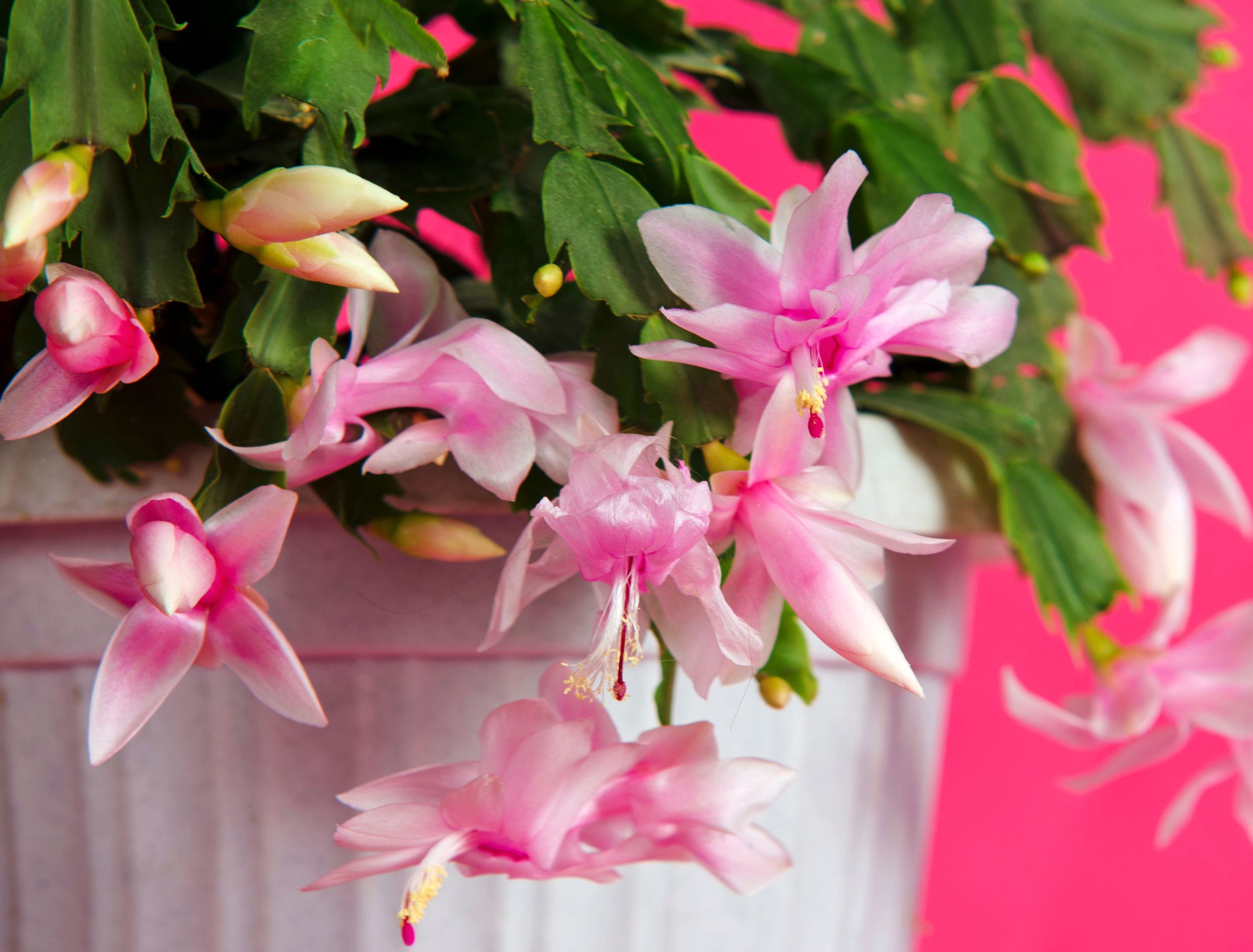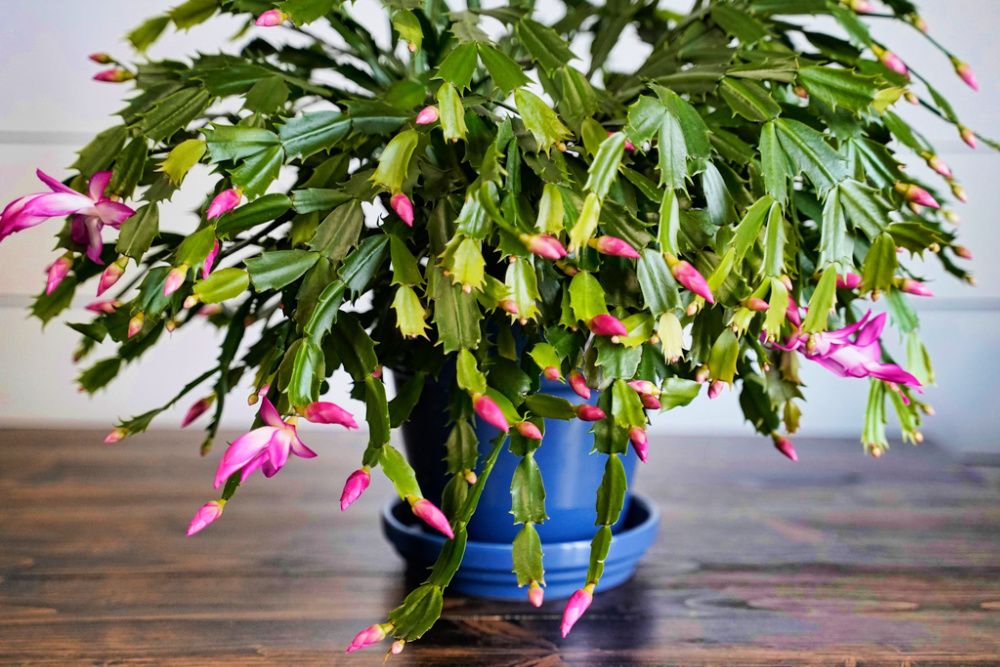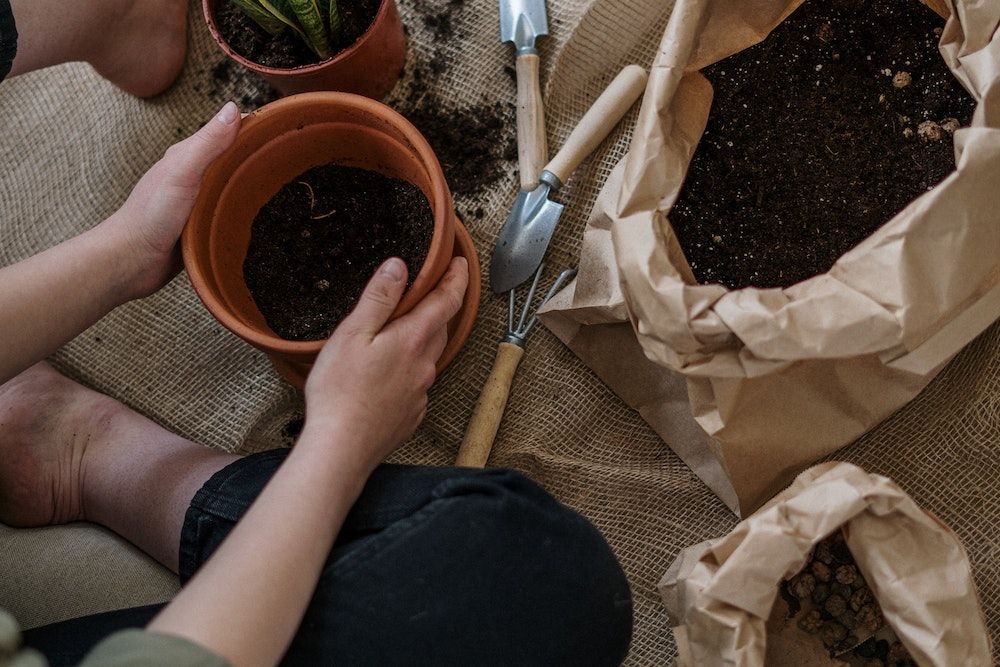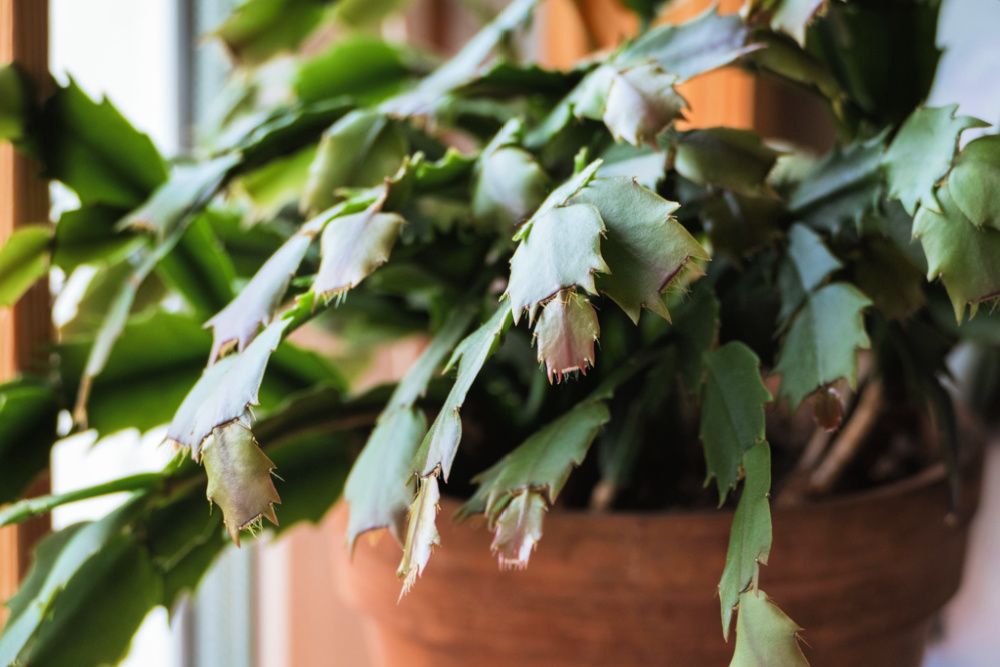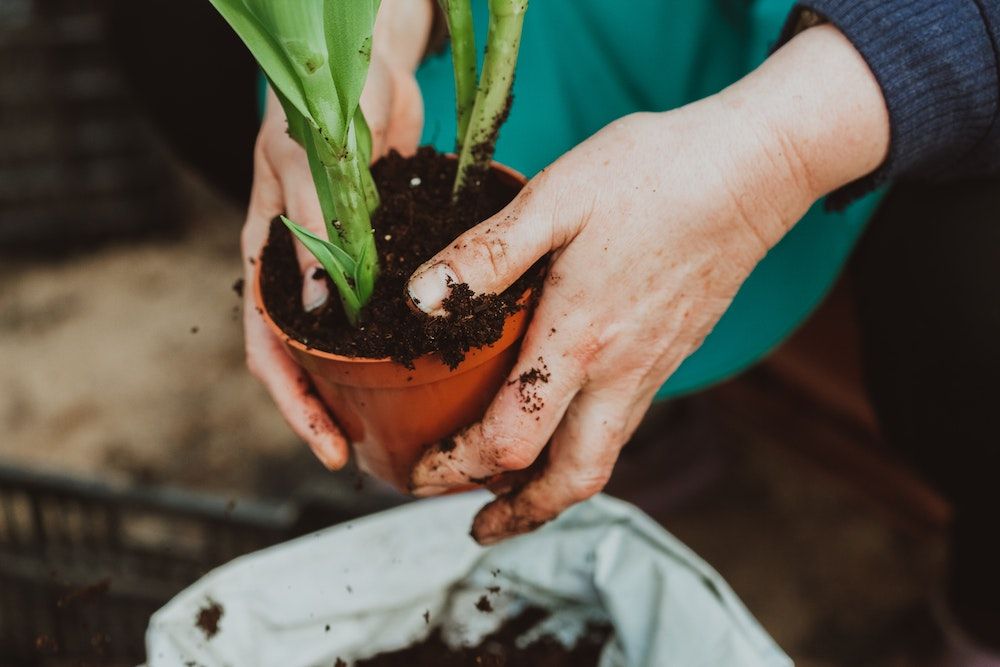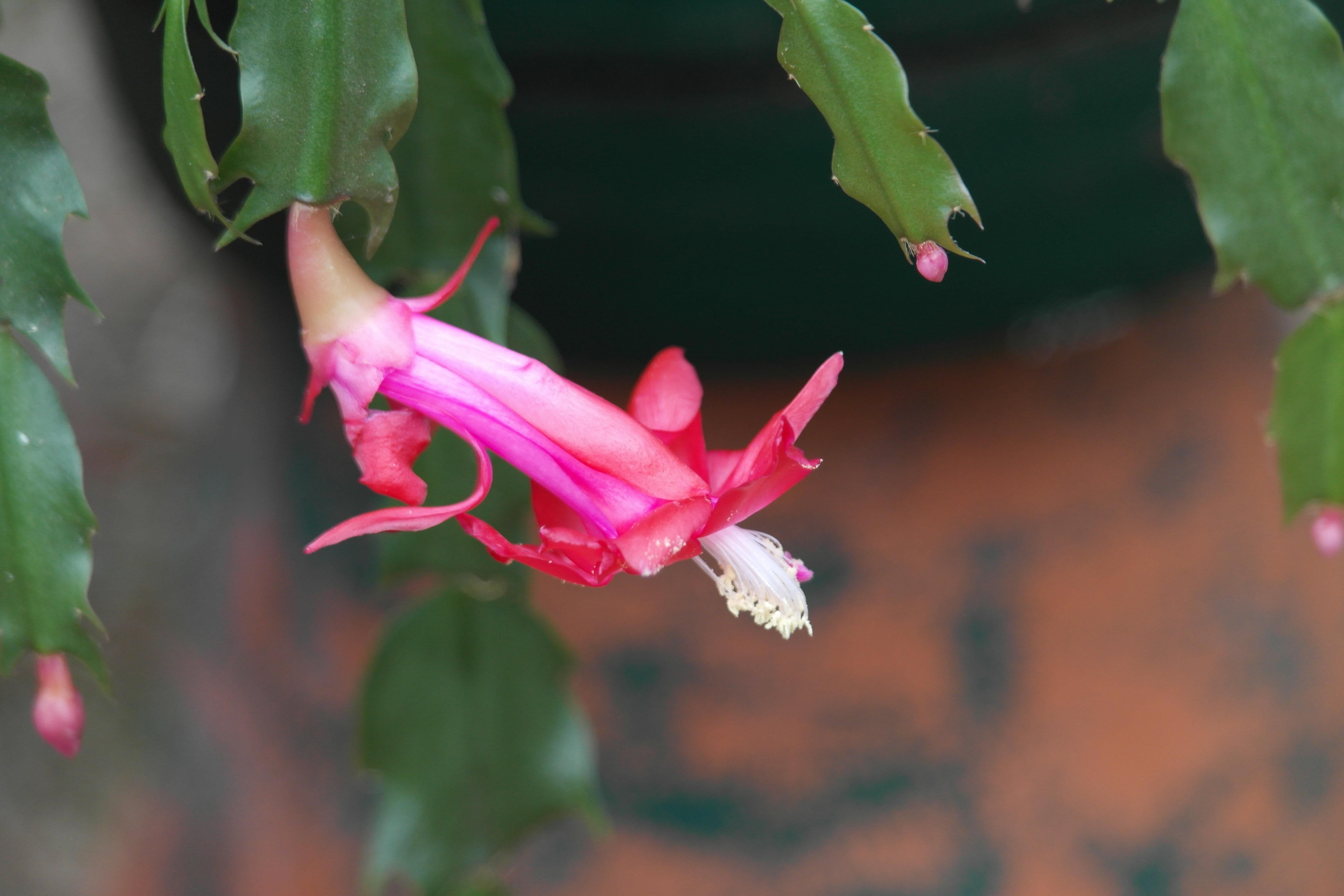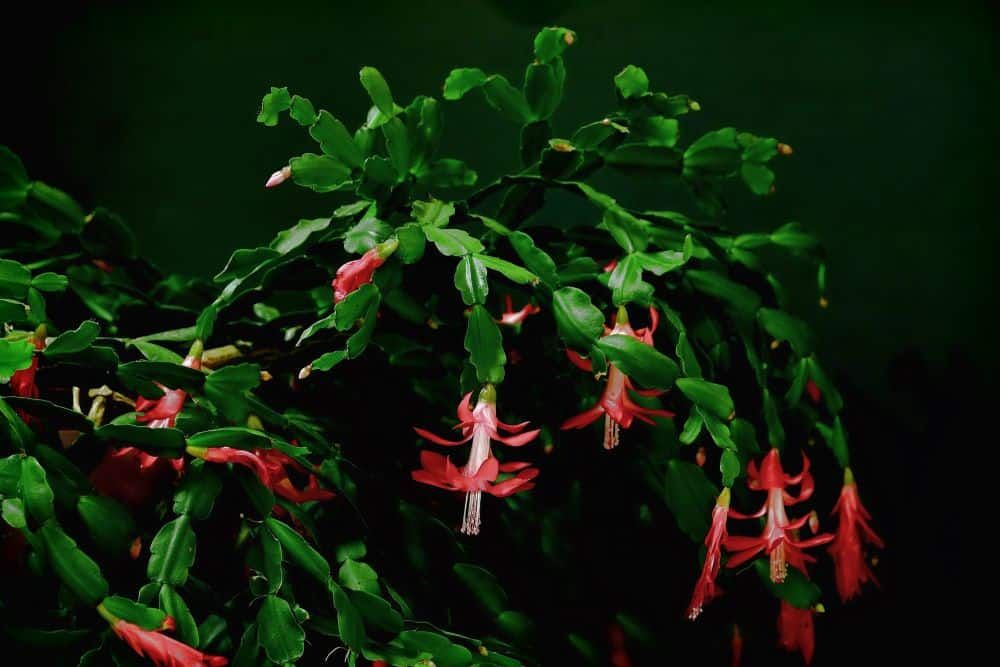Thanksgiving cactus plants (Schlumbergera truncata) are perfect for adding color to your home this holiday season. However, with the proper instructions, growing these plants can be easy, even if you keep them inside your home or apartment.
Luckily, there are many things you can do to ensure that your Thanksgiving cactus plant thrives and stays healthy. Learn everything you need to know about growing and caring for a Thanksgiving cactus plant.
What Is a Thanksgiving Cactus?
Image credits: Kathy D. Reasor via Shutterstock
Thanksgiving cactus grows natively in Brazil's wild or rocky gardens. Though this cactus is known mainly as an indoor plant, in its natural environment, they typically live in trees or rocks. They can survive in drier conditions better than other cacti, but if left dry for too long, they will begin to wilt.
These plants bloom white, pink, or yellow flowers. They are incredibly eye-catching and, therefore, a popular holiday gift item.
But wait — not only are they beautiful to look at, but they also have significant health benefits. Unlike other plants, a Thanksgiving cactus gives out oxygen during the night and releases CO2 during the day. By releasing oxygen during the night, your sleep quality will improve, leading to increased productivity and an overall good mood.
How to Grow and Take Care of Them
Thanksgiving cacti are the perfect houseplants for people who don't have a green thumb. They're also great if you want to give someone the gift of gardening, but they live too far away. Here's how you can grow one in your home:
1) Get A Suitable Pot
Image credits: Cottonbro Studio via Pexels
Put your Thanksgiving cactus in an attractive pot with good soil, room for growth, and a sound drainage system to eliminate all the excess water.
Good drainage is crucial for your Thanksgiving cactus, so be mindful of your potting soil. Also, don't fret if they seem snug in their pots. These succulents prefer to be slightly root bound.
You should transplant your Thanksgiving cactus into a bigger pot every other year. The plant does best when it's slightly confined and provided with good drainage.
Keep your plant in a sunny window as the blooms develop, and keep it evenly moist. In the summertime, put the pot on the patio where it will have some shade during midday hours.
2) Place Your Cactus Where It Gets Filtered Light
Image credits: Nadya So via Shutterstock
Place the cactus out of direct sunlight but somewhere where it will get enough light all day. Too much direct sunlight can bleach the leaves of this beautiful plant.
Additionally, Thanksgiving cacti will usually flower near their namesake holiday if grown under normal night-length conditions. For your Thanksgiving cactus to blossom, it requires at least 13 hours of no light, so adjust its position accordingly.
Pro Tip: To have their showy blooms displayed for the holiday, put the plant in a dark room the night before. This way, come morning, those petals will be ready to amaze your guests.
3) Water Your Thanksgiving Cactus
Image credits: Gary Barnes via Pexels
Water only when the soil feels dry, typically every two to three weeks, though the time between watering will depend on the environment around your cactus. When the top 2 inches of the soil look dry, it is time to water. You can use your fingers to check. Your cactus will likely need more water during its blooming season.
When watering, ensure not to leave water in the saucer underneath; instead, use a paper towel to absorb excess moisture. Leaving excess water on the roots can cause the roots to rot, shortening the plant's lifespan.
4) Fertilize Your Plant
Image credits: Julia Filirovska via Pexels
Fertilize monthly using organic fertilizer specifically made for succulents. To promote optimum bloom conditions, you must fertilize your plant from mid-spring to late fall.
Temperature and Humidity
Image credits: TSmythe via MorgueFile
Keep the temperature between 65 and 80 degrees Fahrenheit during the evenings and 60 to 65 degrees Fahrenheit during the afternoon. This succulent prefers high humidity, making the kitchen and bathroom ideal for these beautiful plants.
How to Identify Christmas Cactus and Thanksgiving Cactus
Image credits: Sabine via Pixabay
Look at the above picture and guess which one it is. It's easy to confuse Christmas and Thanksgiving cacti because they're very similar. The one above is a Christmas cactus.
Thanksgiving cacti possess a stem segmented like an accordion, with saw-tooth serrations on the margins. The Christmas cactus is more rounded and lacks these teeth. However, both Christmas and Thanksgiving cacti photosynthesize inside their green phylloclades (their flat stems resembling leaves).
Another way to tell the difference between these two cactus species is their pollen. The anthers (the part of the stamen containing pollen) on Thanksgiving flowers have yellow filaments; Christmas plants' pollen is purplish brown and covered with short hairs.
If you have one at home and want to figure out which one it is, then delicately trace the edge of a stem segment with your finger. The edges of Thanksgiving cacti (Schlumbergera truncata) end in sharp points that feel jagged or serrated. If you feel these points, it's a Thanksgiving cactus. However, if the edges are softly curved like scallops, it's a Christmas Cactus (Schlumbergera bridgestii).
Common Problems
Image credits: Khairil Azhar Junos via Shutterstock
A Thanksgiving cactus is a low-maintenance plant that you can easily take care of within your apartment or house. However, you should know a few things so you don't end up with a dead plant.
Thanksgiving cacti are sensitive to overwatering and must be placed in a pot with good drainage. One thing that can happen when overwatering is root rot, which could lead to your plant's death.
Another way that this plant may not blossom is by getting too much sun. Make sure to put it in the shade during the summer months because this will give it enough dappled light, but more heat exposure is needed.
Insects and spiders like aphids, mealybugs, and red spider mites are the biggest enemies of a Thanksgiving cactus. They mainly crawl on the leaves, hide in the roots, or cover the surface of your plant; They resemble cotton. You can avoid this issue by using a good pesticide.
Get Ready for an Explosion of Color
Even if you aren’t into gardening, you’ve probably seen or heard of Thanksgiving cactus plants around Thanksgiving time. A Thanksgiving cactus makes your home look colorful and welcoming during the holiday season. This bright little succulent requires minimal care, which means it’s easy to keep up with even if you don’t have much time to spend on plant care. These are just some reasons people like growing and caring for their Thanksgiving cactus.
So, how do you take care of your Thanksgiving cactus? Share in the comments.

